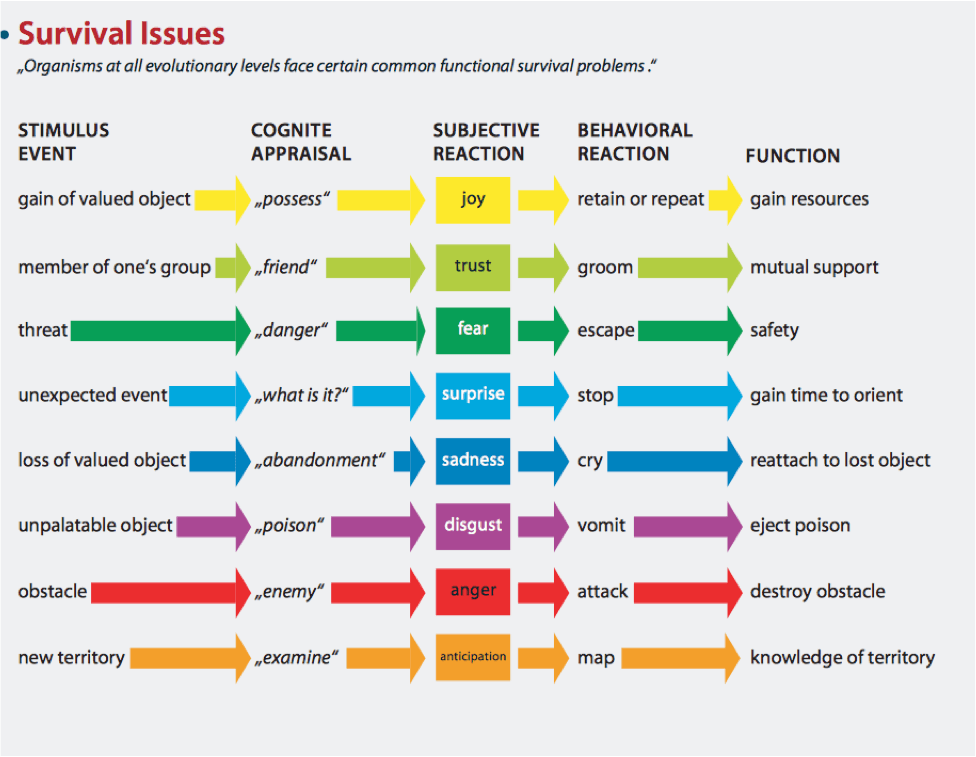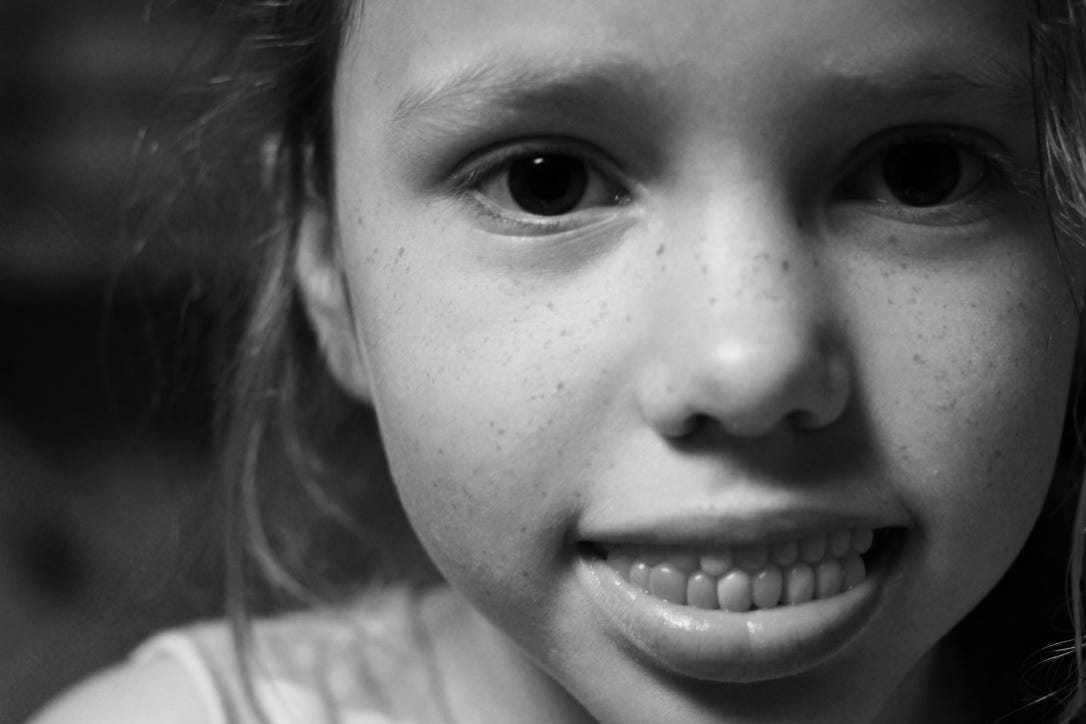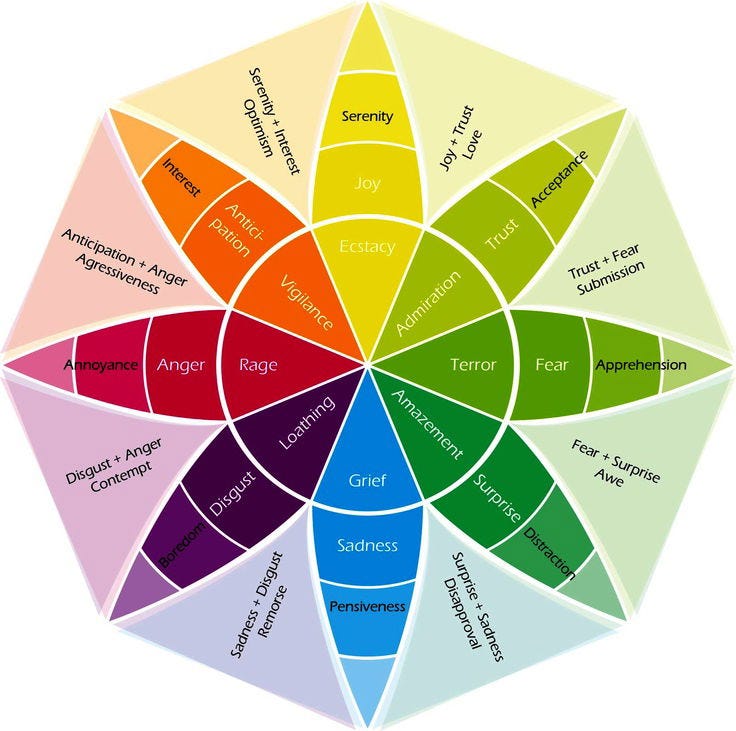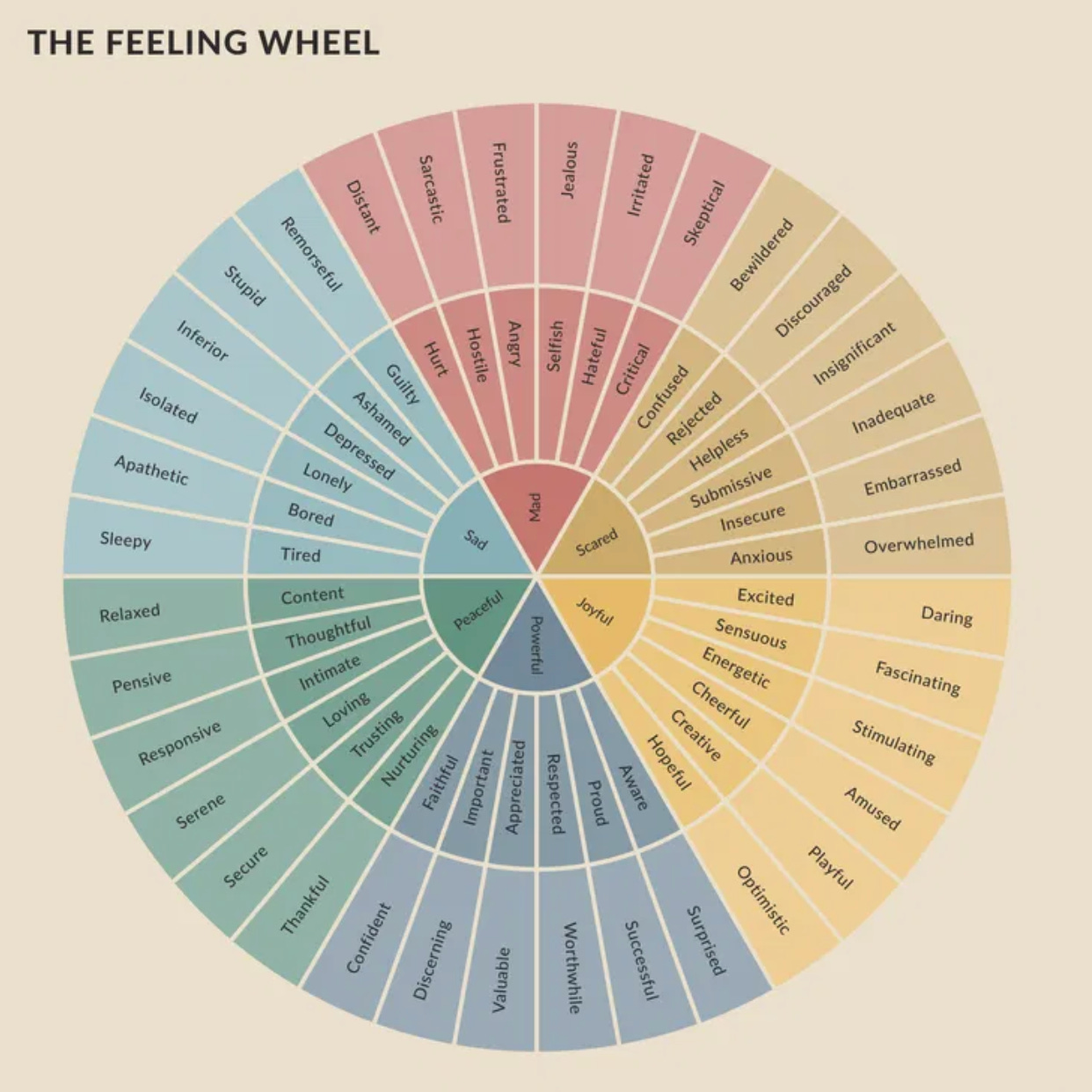Hey, I’m back. I didn’t think I’d be gone so long. I’ve been busy graduating with that MFA I’ve been working on, losing a municipal election, and winning the James Weldon Johnson photography contest held at the Wiscasset Free Library this past Juneteenth. Here’s first place—
The J. Rosamond Johnson Foundation celebrated the NAACP’s first Executive Secretary James Weldon Johnson and his many ways of being, even those that were in conflict with each other. The prompt for the contest was:
Both/And: James Weldon Johnson/Angry and Patient/Optimistic and Realistic/Reserved and Social/ Gracious and Resistant/ An America, a Black man/ & tireless Civil Rights Advocate.
This got me thinking about these personality traits and how we hold these opposites within us. This is what creates the nuance of who we are. Otherwise, we’d all be like primary colors, yellow, blue, or red, and that’s it. Take away those teeth and you’d say, “Oh, that looks like a sweet little girl with summer freckles.” When we add in those creepy teeth, a different story reveals itself. Depth is created. She still has the look of a sweet child, and she also looks somewhat disturbing. If you were kind, you’d say, “What is up with that child?” She’s no longer just a primary color. She’s a blended color. Variegated. Interesting.
In the first drafts of anything I write, I often don’t have a handle on my characters’ internal language. I’m pretty good at getting them from place to place (plot) but I’m not so good at clarifying and identifying their emotions. They don’t talk to themselves enough or reveal those pervasive and repetitive thoughts we all have. As humans, we repress those so we can get shit done. As writers, we have to honor those voices so our characters can come across as real people. But what if you’re a human writer who gets easily flooded by emotion and often fails at being able to identify their own emotional state? I guess that writer (me) needs to learn about identifying emotional states because in good writing, the author knows exactly how their characters are feeling as they move throughout the story.
There was a little guy at my son’s daycare who narrated every emotion as it arrived in his body. "I am so happy," Milo would yell. He’d cry and say, "I am sad because I am lactose intolerant and I can’t eat the pizza with everyone else." Fists clenched, he’d say, "I’m so mad he is playing with my Buzz Lightyear that I put down when I went to the bathroom."
I think I grew up identifying other people’s emotions, not my own, so I thought his behavior was completely novel and looked forward to his emotional monologues. I don’t know if this kid did this on his own, or if his parents actually taught him to recognize his own emotions. Either way, he made me realize that I was very aware of others’ emotions and nearly blind to my own.
What’s interesting is, I don’t think I’m alone. I think this is a common plight for most of us, and not just men who often get the blame for having a low Emotional IQ. I was listening to The Craft podcast “Writing Memoir” and Jonathan Taylor (author of Take Me Home) spoke about how we rarely fully understand what’s happening in the moment, so we look to memory to create the narrative. I’ll paraphrase. He said something like: We find a thread of a memory that seems important and then we follow it through the labyrinth and that’s what becomes the story of what happened. This labyrinth of the past is chaos. That’s what the old philosophers said, “The past, it’s just a huge pile of rubble.” And somehow, you find a way of ordering it. And that’s what narrative or story is. It’s a way to put order to the chaos of the past.
This 2018 research article from Progressive Health Sciences, "Emotions and their Cognitive and Adaptive Functions," gave further credence to the fact that I am not alone since their entire research lab is dedicated to further understanding how our emotions drive our actions. It’s based on the work of American psychologist Dr. Robert Plutchik.

You might say, “Duh, Nina, everyone knows this. My mom always cleaned the house when she was angry, so obviously anger causes action; or when my grandfather died, my grandmother put on his pajamas and slept for four days straight, so sadness causes inaction.”
Obviously, as a writer, this very basic concept is paramount to understand because people read to go on an adventure and to feel. The reader wants an immersive and authentic experience. Which means, they have to have multiple emotions. Now we’re back to that Both/And conversation, again. Sweet and Creepy. Patient and Angry.
Roll in the Emotion Wheels
It’s just like a color wheel, but for feelings. Let me rephrase, it’s a color and emotion wheel...you see, it’s both. What I love about this wheel are the blended color sections. I think this is where we find the gold for both character development and self-reflection.
I’ll be damned if this whole learning to write process isn’t a 50/50 game of craft lessons and mental exploration. It’s pretty hard to write a character and not hold a mirror to yourself at the same time.
This next wheel really knocked my socks off, probably because it had many of the “sub feelings” associated with the primary emotions. For example, I honestly wouldn’t have known that jealous and skeptical go under the mad heading, or that the opposite of mad is powerful. Meaning anger comes from powerlessness? If asked, I’d have placed scared opposite to powerful, and mad opposite to joyful.
The slap in the face I got from this one was when I asked myself, “Hey, Nina, where do you usually hang out on this wheel?”
“Me, oh geez, I uh, well, ok, I live in the green and brown most of the time. A bit more time in the yellow would be cool.”
Consider asking these questions of yourself, your characters, or your loved ones:
Where do you spend most of your time on the wheel?
Where do you want to be on the wheel?
How do you manipulate the wheel to prevent others from seeing how you really feel?
How do you manipulate the wheel to get what you want?
I promise asking these questions will spark an interesting conversation and one that will help expose the roots of what makes us or our characters more interesting.
Ciao,
-n
“Let someone love you just the way you are- as flawed as you might be, as unattractive as you sometimes feel and as unaccomplished as you think you are. To believe you must hide all the parts of you that are broken, out of fear that someone else is incapable of loving what is less than perfect, is to believe than sunlight is incapable of entering a broken window and illuminating a dark room.” -Marc Hack








I LOVE this SOO MUCH! Thank you.